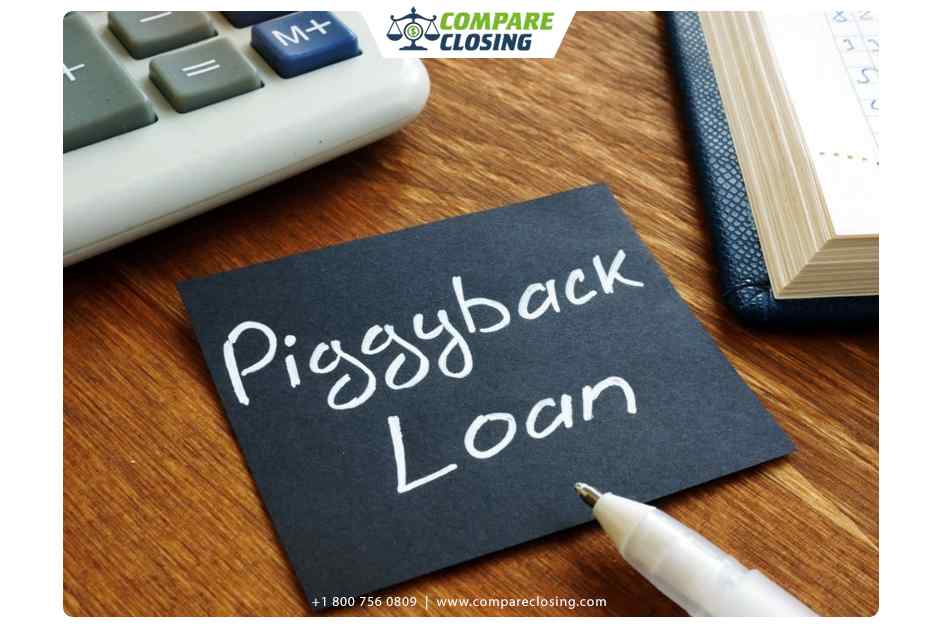Several purposes can be served by piggyback mortgages. Sometimes a piggyback mortgage is allowed to help a borrower with a down payment.
Since all of the loans are secured with the same collateral, most borrowers will only have the capacity to take on one or two piggyback mortgages.
When you want to avoid having to pay for private mortgage insurance or PMI then also a piggyback mortgage can be used.
With a piggyback mortgage, home equity loan or the second mortgage is taken out at the same time as the first mortgage.
Sometimes a piggyback mortgage is called an 80-10-10 loan, where 80% of the purchase price is covered by the first mortgage, 10% is covered by the second loan, and your down payment covers the final 10%.
Which will lower your loan-to-value (LTV) of the first mortgage to under 80%, and you can avoid the need for PMI.
For example, if your new home costs $200,000, your first mortgage would be $160,000, the second mortgage would be $20,000, and your down payment would be $20,000.





